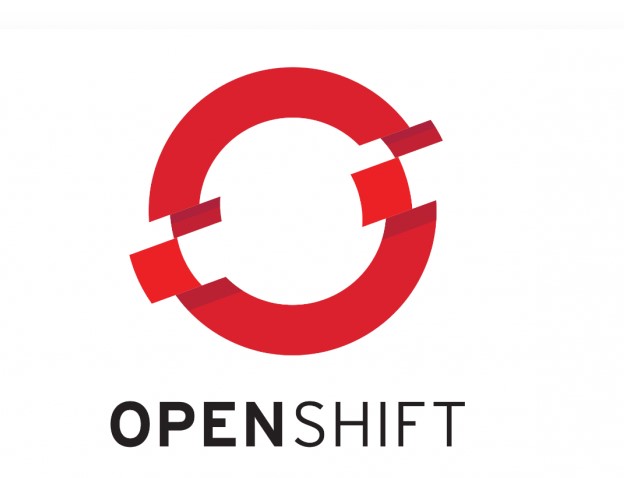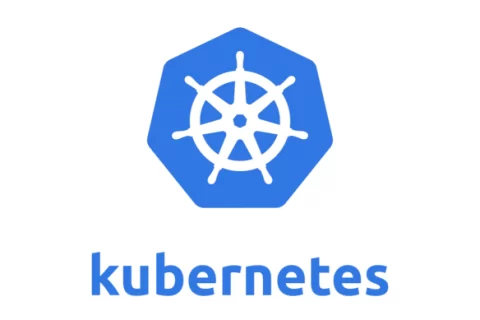In a landscape where digital transformation is critical, organizations across industries are searching for solutions that support agile development, scalability, and operational efficiency. Enter Red Hat OpenShift: a leading Kubernetes-based container platform designed to streamline application development, deployment, and management. OpenShift has emerged as a top choice for businesses seeking a consistent, flexible platform for both cloud-native and traditional applications.

What is OpenShift?
At its core, OpenShift is an enterprise-grade Kubernetes platform built on open-source standards. It enables developers to build, deploy, and manage containerized applications, empowering organizations with a consistent environment for both development and operations. OpenShift’s robust set of tools, automation capabilities, and security features make it suitable for a wide range of use cases, from microservices to AI/ML applications.
Key Use Cases for OpenShift
- Hybrid and Multi-Cloud Deployments OpenShift’s compatibility with public cloud providers (AWS, Azure, Google Cloud), on-premises environments, and hybrid infrastructures is a major advantage. Organizations with diverse environments can use OpenShift as a unifying platform, simplifying management and reducing costs by leveraging a consistent development experience across clouds.
- DevOps and CI/CD Acceleration OpenShift supports continuous integration and continuous delivery (CI/CD) out of the box, making it a go-to platform for DevOps teams. By automating the build, test, and deployment phases, OpenShift helps teams deliver software faster with fewer errors, promoting rapid innovation and reducing time-to-market.
- Application Modernization Many organizations rely on legacy applications that are hard to maintain but essential to operations. OpenShift allows these applications to be containerized and managed alongside new microservices-based architectures. By modernizing legacy applications with OpenShift, businesses can extend the lifecycle of critical applications while introducing flexibility and scalability.
- Data-Intensive Workloads (AI/ML and Big Data) For data-intensive applications, such as artificial intelligence, machine learning, and big data processing, OpenShift provides a robust, scalable infrastructure. It enables data scientists and engineers to deploy and scale their workloads, whether it’s a simple analytics application or a complex ML model training pipeline, in a seamless and resource-efficient manner.
- Edge Computing and IoT With the proliferation of IoT devices and edge computing, OpenShift’s ability to run lightweight Kubernetes clusters close to data sources is increasingly relevant. This capability enhances data processing efficiency and reduces latency, making OpenShift a powerful tool for industries like manufacturing, telecommunications, and healthcare.
Advantages of OpenShift
- Enhanced Security and Compliance Security is embedded in OpenShift’s architecture. The platform includes automated security policies, role-based access control, and network segmentation to reduce risk. OpenShift’s built-in compliance features ensure that organizations can meet regulatory requirements while maintaining a secure environment for their applications.
- Developer Productivity and Flexibility OpenShift is developer-friendly, supporting a wide range of programming languages, frameworks, and developer tools. Its self-service capabilities, along with built-in CI/CD pipelines, allow developers to focus on innovation rather than infrastructure management, accelerating the pace of application development.
- Scalability and High Availability OpenShift’s Kubernetes foundation allows for automatic scaling, load balancing, and self-healing capabilities, which ensure applications are highly available and resilient. This makes OpenShift a suitable choice for mission-critical applications that require consistent uptime and reliable performance.
- Unified Management and Automation OpenShift provides a single-pane-of-glass view to monitor and manage containerized workloads across multiple environments. Automated deployment, scaling, and lifecycle management simplify the operational overhead, allowing IT teams to focus on strategic initiatives rather than day-to-day maintenance.
- Community-Driven Innovation As an open-source platform, OpenShift benefits from the collaborative contributions of the open-source community. This constant innovation ensures that OpenShift remains at the forefront of container and Kubernetes technology, providing users with a platform that evolves to meet the latest industry standards.
In Conclusion
OpenShift is more than just a Kubernetes platform; it’s a versatile, secure, and scalable solution that accelerates digital transformation across various industries. Whether modernizing legacy systems, enhancing DevOps practices, or scaling data-intensive applications, OpenShift empowers organizations to stay agile, competitive, and future-ready. As businesses continue to prioritize agility, OpenShift stands out as a key enabler of innovation in an increasingly cloud-native world.


